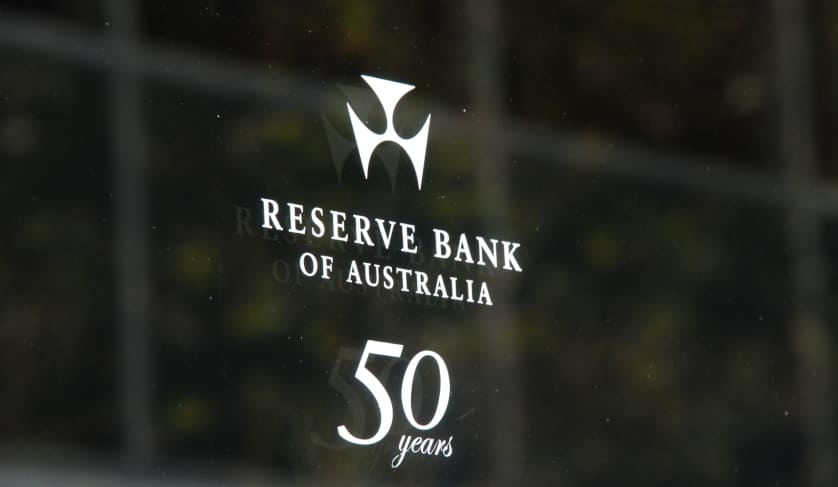Growth in older investors has RBA worried
The number of property investors over the age of 60 is on the up, and this trend is leaving the Reserve Bank of Australia nervous.

In the decade to 2014-15, the proportion of property investors 60 years and older doubled, reflecting both Australia’s ageing demographic and an overall increase in investment property ownership within this group.
Noting this “marked increase”, the RBA has flagged the rising share of investors over the age of 60 with mortgage debt as an area of “potential risk”.
“Several features of households’ property investment point to areas of potential risk,” the central bank said, identifying the rising ratio of households with multiple investment properties and rising rates of investment across state borders as other areas of concern.
Speaking in its October Financial Stability Review, the RBA noted that as the percentage of property investors older than 60 has increased, so too has there been a “significant increase” in the share of geared investors in that group.
However, according to the RBA: “While this seemingly could increase risks, there are some mitigating factors.
“Although this age group is more indebted, the average retirement age has increased over time, so older investors are more likely to be working, increasing their capacity to withstand shortfalls in rental income or higher interest rates.”
While slightly fewer than 50 per cent of investors with mortgages over the age of 60 in 2004 had a salaried income, by 2015 this number had grown to 60 per cent, the RBA explained.
Additionally, older investors could also possess greater accumulated wealth and this in turn “could enable them to withstand lower rental income or higher mortgage interest”. Further, older investors may have lower personal expenses.
At the same time, around 35 per cent of property investors in the lowest income bracket are over 60 years old, with the majority in the group not receiving a salary income. However, this group may be receiving superannuation payments or other non-taxable income, the RBA added.
“This suggests that this group could include people who are retired or temporarily out of the workforce. About 70 per cent of investors in this group also indicated that they have a partner; for these households, partner income might provide another source to service investor loans.”
Despite the growing proportion of older property investors, “borrowing has remained far more prevalent among younger investors”, the RBA highlighted.
However, “almost all” investors younger than 40 are in debt, and: “While these investors generally have stable wage and salary income, they also have relatively high personal expenses that can reduce their ability to cushion changes in rental income and interest rates.”
What about investors by occupation?
In the same report, the RBA identified the characteristics of property investors by occupation according to 2014-15 Australian Taxation Office statistics.
It found that the population of managers had the highest share of investors (23 per cent) and within the overall investor cohort, professionals were the most highly represented (22 per cent), excluding those who consider their occupation as other (28 per cent).
The RBA explained that around 80 per cent of investors in the “other” occupation category did not report an occupation.
Labourers and machinery operators and drivers made up 3 per cent of the investor population apiece, making those workers the least represented in the investor population.
Sales workers made up 4 per cent and community and personal service workers 5 per cent.
Those with smaller median salary incomes like sales workers ($27,788), community and personal service workers ($31,790) and labourers ($32,396) were typically less represented in the investor population.
However, machinery operators and drivers bucked this trend. With the third highest median salary ($55,542) out of the occupations compared, the fact that these workers make up just 3 per cent of investors could be attributed to the fact that they also make up just 5 per cent of taxpayers.
Labourers (8 per cent), community and personal service workers (8 per cent) and sales workers (7 per cent), all make up slightly more of the taxpayer population.
